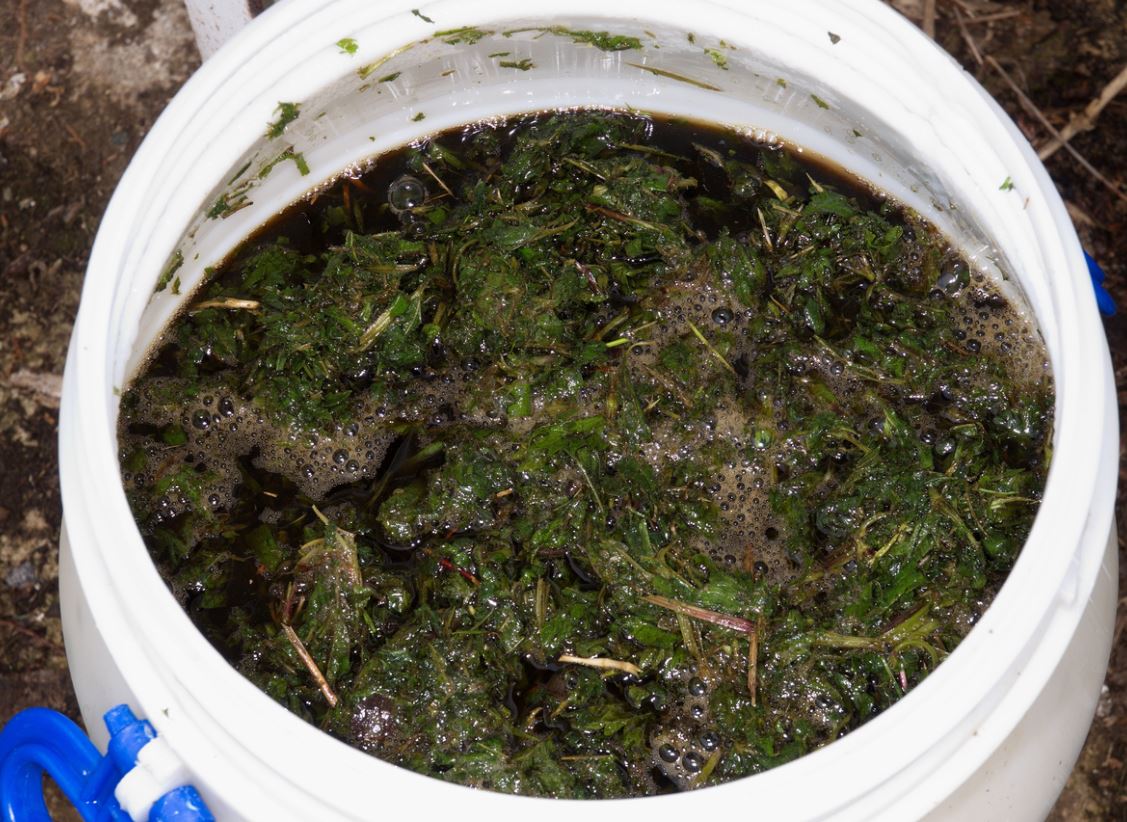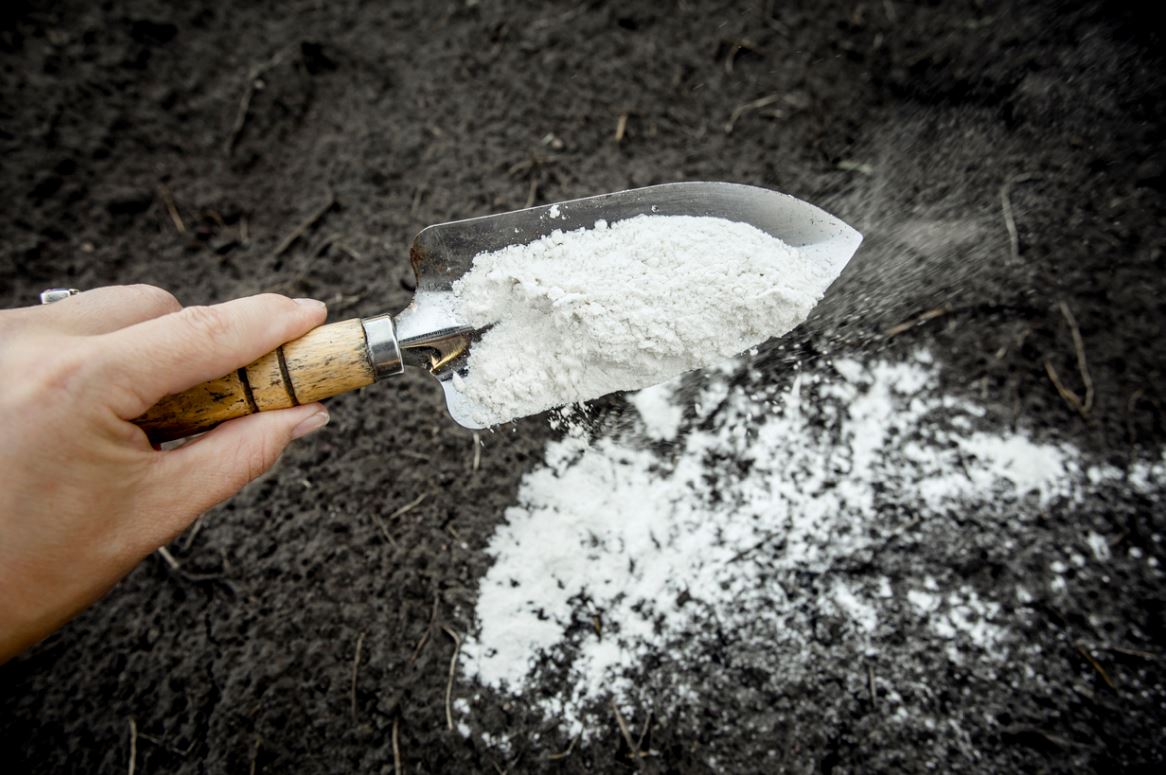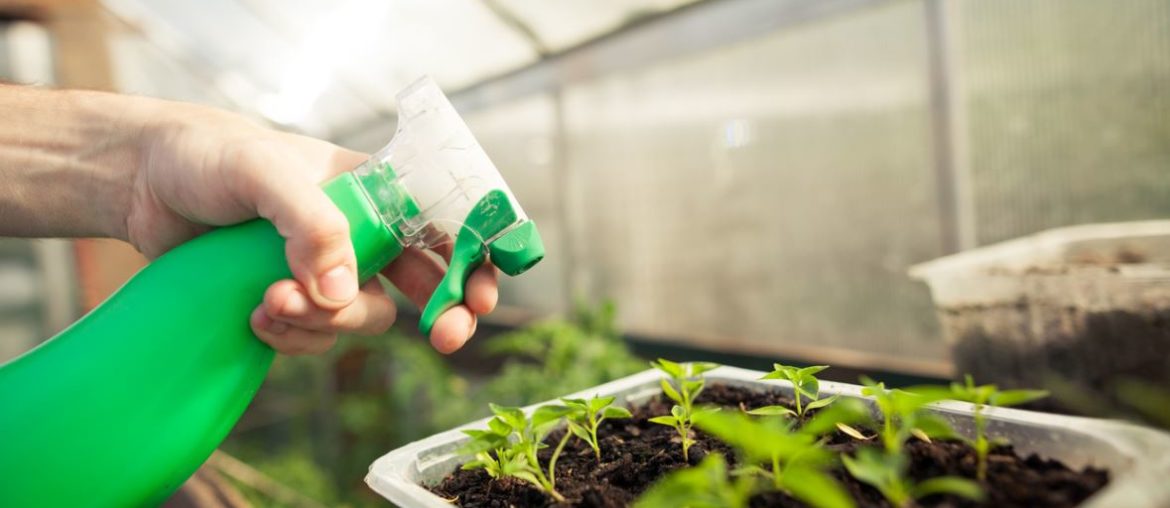What are the benefits of foliar fertilization?
Foliar fertilizers:
- Increase the resistance of plants to parasitism and cryptogamic diseases (i.e. those caused by fungi);
- Strengthen the chlorophyll function plants and correct their nutritional disorders by increasing the nutrient content;
- Improve the resistance of plants to cold;
- Improve yield and quality some products.
The different modes of use
These fertilizers come in powder or liquid.
The powder : the dusting is carried out using a dusting machine with a fan, a dusting bellows (for small gardens) or any other utensil suitable for this use.
The liquid form: apply a fine spray. To do this, the atomizer is clearly superior to the sprayer, because all the aerial parts of the plant are affected by this “fog”.
When and how often to apply foliar fertilization?
The powder : the best time of day is in the dew, that is, early in the morning, or late in the evening. Dose at a rate of 150 to 500 grams / are (depending on the vegetation), trying to reach the underside of the leaves. Perform this operation from bottom to top. Renew or alternate with another product every 3 weeks. On the same plant, a rate of 3 to 5 applications during vegetation seems sufficient.
These dustings are to be avoided in strong winds, in full sun and in dry periods (absence of dew).
The products used are: lithothamnium (in acidic soil), volcanic rock powder, of basalt type (in rather calcareous soil). The two products can be used alternately.
The liquid form : the spraying of liquid products is carried out under the same conditions, early in the morning or late in the evening, and generally every 2 weeks on the same plants.
Foliar fertilizers to remember
Foliar powder fertilizers
- Finely ground lithothamne (calcareous seaweed). Its richness in calcium, magnesium, trace elements, growth substances and leaf energizers helps strengthen the resistance of plants to diseases and parasitism.
It is used 3 to 5 times during the season, at a rate of 150 to 500 grams / are, in the morning or evening dew. Some pests, such as aphids and caterpillars, die when coated with this product.
- Rock powder from volcanic eruptions for example, basalt), finely ground.
It is rich in magnesium and trace elements. Its mode of use and its advantages are identical to those of lithothamnium.
Liquid foliar fertilizers
- Solutions of seaweed extracts (brown algae, ficus, laminaria, etc.). Rich in trace elements naturally concentrated during their growth in sea water) should be diluted: half a glass (5 cl) for 10 liters of water (do not use tap water which contains chlorine, but rain water or, failing that, spring water). They correct deficiencies by providing plants with vitamins and trace elements. They are excellent growth promoters.
They are used as fine sprays on plants, every 2 or 3 weeks, early in the morning or late in the evening; 4 or 5 annual sprays on the same crop are sufficient.
They can be mixed with other products such as: nettle and horsetail manure (see page 50), or with sulfur, lithothamne, copper sulphate. This will also allow better adhesion of the product.
- Nettle manure, in the leaves, is also an excellent growth activator for most plants. Rich in macros and micro-elements, in vitamins, it is used diluted at 5% for 95% of rainwater. Nettle manure is used from spring to fall, at the rate of one application approximately every 3 weeks.
Absolutely avoid its use for the tomato, which does not appreciate the water on its leaves.

Other possible uses of foliar products
Stinging nettle manure found in stores also proves to be an excellent growth activator, in watering. It must then be diluted to 20% for 80% rain water or, failing that, spring water. Make 3 applications per year on the same crop.
It gives spectacular results at the base of tomatoes, brought on wet soil.
Nettle manure also activates composting. Sprinkle the compost pile with a mixture, in equal amounts, of nettle manure and rainwater.
The solutions of seaweed extracts are interesting for other uses, in particular in painting (using a brush) the holes and carpenter branches of fruit trees.
For 3.5 liters of water, add 0.5 liter of seaweed extracts and 1 kg of lithothamne.
This same solution heals the cuts and pruning of trees and shrubs.
Volcanic rock powder is incorporated into the soil in the fall or towards the end of winter at a rate of 5 to 10 kg per 1 are.
It can be introduced into the compost at a rate of 8 kg per 1 m3 approximately.
It is also used for the praline of bare roots, mixed with cow dung and water to obtain a smooth porridge.
Lithothamne provides plants with the vital energy of seawater. This product, rebalancing and versatile biocatalyst has many uses.
- As a calco-magnesium amendment to correct overly acidic soil ; it is used at a rate of 2 kg / are in March, then again 2 kg / are in October-November.
- In praline: prepare a porridge of this seaweed flour at the rate of 100 grams per liter of water; praline the bare roots of young plants to be transplanted, recovery will be much easier.
- On pet litter (poultry, sprinkle regularly to facilitate the disappearance of bad odors and enrich the manure.
- On the compost: lithothamne enriches the compost by sanitizing organic manure; it suffices to sprinkle the successive layers the proportion is approximately 250 grams of seaweed flour for 250 kg of compost.
- In whitewashing on the trunks and carpenter branches of fruit trees. Two mixtures are possible: 300 to 400 grams of lithothamne per liter of water plus a glass of milk to bind, or 1 kg of lithothamne plus 0.5 liter of seaweed extracts added with 3.5 liters of water. This is usually done in January. It is best to always use rainwater.
- On the potatoes : sprinkle immediately after they have been seeded and when the vegetables intended for storage are brought in, when the leaves have been cut off at the collar. Lithothamne will promote healing.
- On the grass : it helps to fight against moss in lawns in acid soil; use it at a rate of 4 kg / are; apply twice (in the fall and at the end of winter).
- Coating the seeds : soak the seeds in rain water for 5 to 6 hours, drain them, then coat them with lithothamne and put them in the ground; lifting will be faster and more regular.
- For breeding : lithothamne is used as a mineral condiment (sprinkle lightly: from 1 to 2 grams for 1kg of mash).

The-exact-composition of lithothamne
This red algae (Lithothamnium calcareum) is a marine plant resembling a coral. It grows in the Glénan archipelago, off Lorient (Morbihan), but is part of the commune of Fouesnant in Finistère.
It contains 45 to 80% of calcium carbonate, 7 to 15% of magnesium carbonate and many elements including: arsenic, antimony, silver, boron, bromine, barium, chlorine, cobalt, copper, tin, iron, fluorine, germanium, glucinium, iodine, manganese, molybdenum, nickel, gold, strontium, titanium, tungsten, vanadium , zinc, without forgetting vitamins, phytohormones and animate acids.
To maintain these properties, lithothamne must first be washed, dried, dehydrated, and then finely ground using a process that keeps this organic material intact.
This product is marketed under different names.
Arsenic
The human body contains arsenic in infinitesimal proportions. In trace amounts in humans, it is an appetite stimulant and a tonic; it plays a role against eczema …
It is found in garlic, carrot, head cabbage, watercress, spinach, lettuce, turnip, potato.
Read also :







